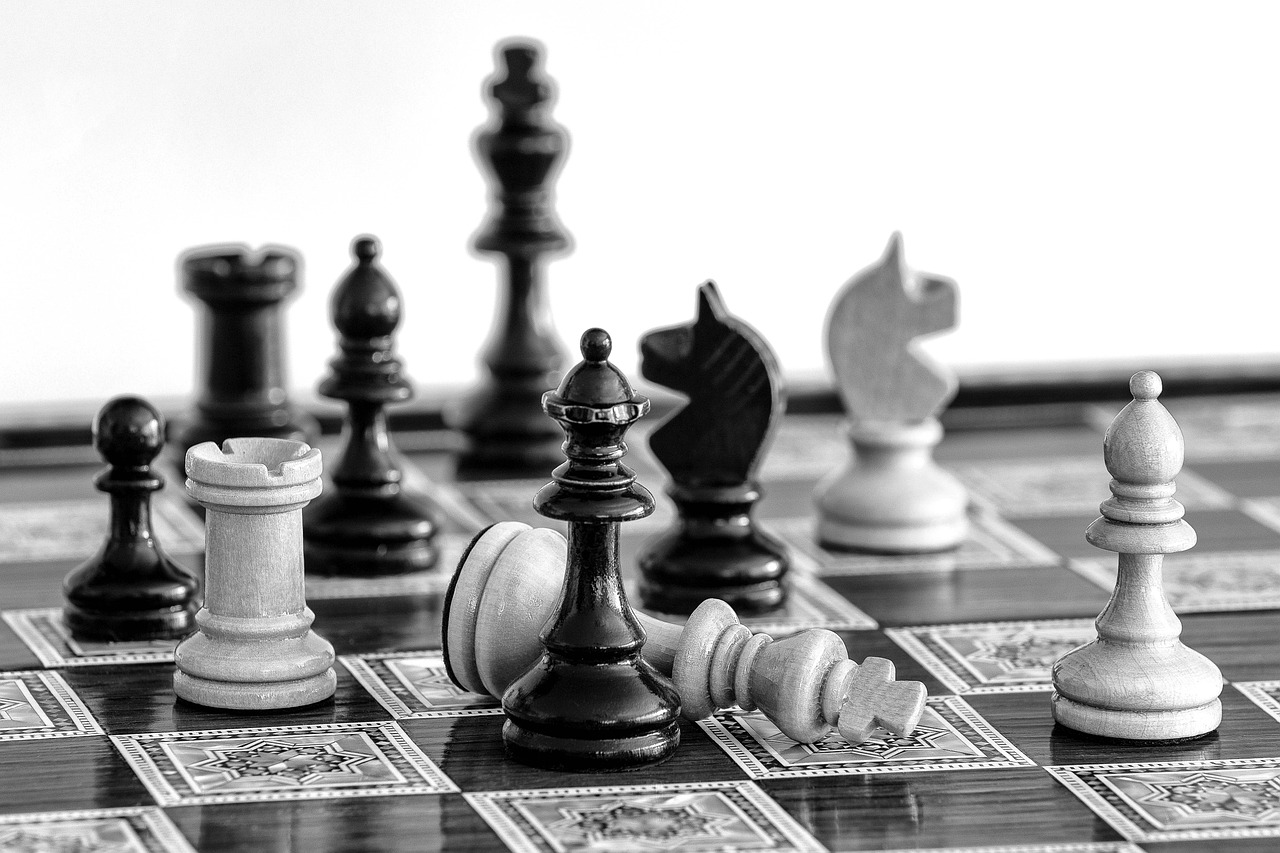Introduction to Strategic Thinking
As we navigate the complexities of modern life, it’s becoming increasingly clear that strategic thinking is an essential skill for success. From the boardroom to the chessboard, the ability to anticipate, adapt, and outmaneuver is crucial for achieving our goals. In this article, we’ll explore the fascinating world of strategic thinking, delving into the realms of chess openings, betting odds, and the psychology of winning.
The Origins of Strategic Thinking
To understand the art of strategic thinking, we must first examine its origins. The game of chess, with its rich history and intricate rules, has long been a proving ground for strategic minds. By studying the great masters and their approaches to the game, we can gain valuable insights into the principles of strategic thinking. As renowned experts in the field have noted, the key to success lies in a deep understanding of the fundamentals, combined with the ability to innovate and improvise.
Chess Openings: The Starting Point
For those unfamiliar with the game of chess, the concept of openings can seem daunting. Essentially, an opening refers to the initial moves made by each player, which set the tone for the rest of the game. A well-played opening can provide a significant advantage, while a poorly executed one can lead to disaster. To illustrate this point, consider the following:
- The Ruy Lopez, a popular opening that offers a strong center and quick development
- The Sicilian Defense, a complex and aggressive opening that can pose problems for even the most experienced players
- The Italian Game, a solid and positional opening that emphasizes control of the center
By studying these and other openings, we can begin to appreciate the nuances of strategic thinking and the importance of adaptability.
The World of Betting Odds
As we transition from the world of chess to the realm of betting odds, we find ourselves in a domain where probability and psychology reign supreme. Betting odds, whether in sports, politics, or finance, are a reflection of the market’s collective wisdom. By analyzing these odds and identifying patterns, we can gain a deeper understanding of the underlying dynamics at play. The following table illustrates the relationship between probability and betting odds:
| Probability | Betting Odds |
| 0.1 (10%) | 9:1 |
| 0.2 (20%) | 4:1 |
| 0.5 (50%) | 1:1 |
| 0.8 (80%) | 1:4 |
As we can see, the relationship between probability and betting odds is intricate, with even small changes in probability resulting in significant shifts in the odds.
Building a Winning Mindset
So, how can we apply the principles of strategic thinking to our everyday lives? The answer lies in cultivating a winning mindset, one that is grounded in a deep understanding of probability, psychology, and adaptability. By embracing a growth mindset and being open to new experiences and challenges, we can develop the cognitive flexibility necessary to succeed in an ever-changing world. As one esteemed publication recently noted, the key to success is not merely about being smart, but about being smart in the right way.
Strategic Thinking in Action
To illustrate the power of strategic thinking, consider the following examples:
- A business leader who uses data analysis to inform decision-making, rather than relying on intuition or instinct
- An athlete who employs mental rehearsal techniques to enhance performance and build confidence
- An investor who diversifies their portfolio to minimize risk and maximize returns
In each of these cases, strategic thinking is used to gain a competitive edge, whether in the boardroom, on the playing field, or in the marketplace.
Answering Your Questions
As we delve deeper into the world of strategic thinking, you may have questions about how to apply these principles in your own life. Here are a few answers to common queries:
- Q: How can I improve my strategic thinking skills?
- A: By studying the great strategic thinkers, practicing problem-solving, and seeking out new challenges and experiences
- Q: What role does intuition play in strategic thinking?
- A: Intuition can be a powerful tool, but it should be tempered with analysis and critical thinking to avoid biases and misconceptions
- Q: Can strategic thinking be applied to creative pursuits?
- A: Absolutely, as creative thinking and strategic thinking are closely intertwined, with each informing and enriching the other
By embracing the principles of strategic thinking and cultivating a winning mindset, we can unlock our full potential and achieve greatness in all areas of life.
Conclusion
As we conclude our journey through the world of strategic thinking, we’re reminded of the wise words of a respected expert in the field: “The greatest glory in living lies not in never falling, but in rising every time we fall.” By embracing this mindset and applying the principles of strategic thinking, we can overcome obstacles, achieve our goals, and create a brighter future for ourselves and those around us. So, the next time you find yourself facing a challenge or opportunity, remember to think strategically, and you’ll be well on your way to success.
